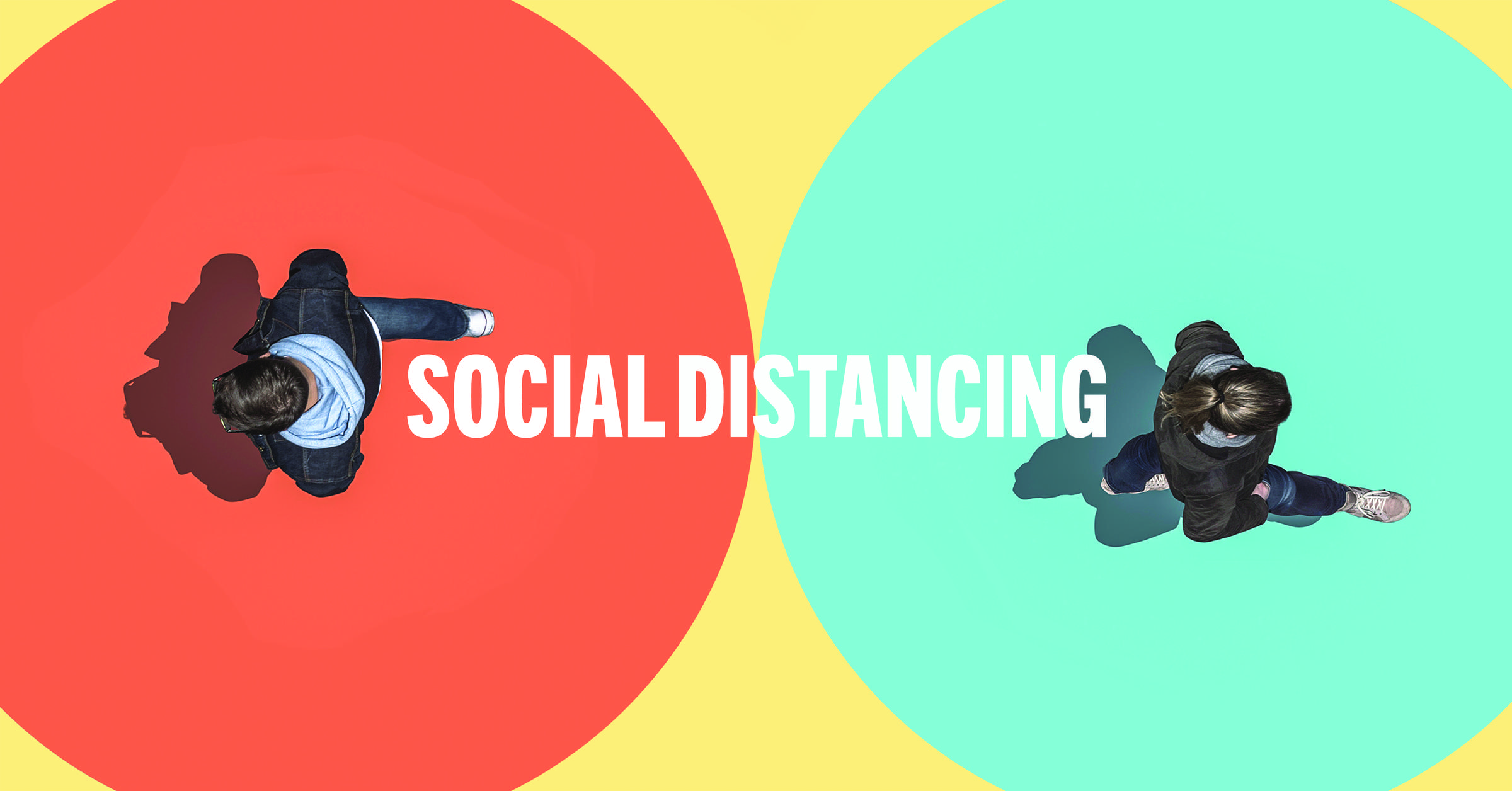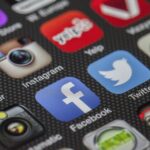I’m a word guy. My career is grounded in the spoken and written word. As such, I believe in the power of words and that it’s important that the words we use are highly descriptive of what we’re trying to communicate. Words are so powerful because they have meaning. And that meaning acts as the lens through which we perceive, interpret, understand, and use the words we come across in every form of communication and media. Words shape how we think, the emotions we feel, the way we act on our world, and how we interact with others.
Given the power of words, I would have thought that our government would have hired linguists, marketing and branding experts, and creative writers when they developed directives for how we should respond to the COVID-19 crisis. But, in my view, it doesn’t appear that they did surrounding perhaps the single most impactful directive that was offered: “social distancing.”
I find this phrase troubling for two reasons. First, it’s an inaccurate representation of what we are being asked to do. Medical experts aren’t asking us to distance ourselves socially; rather, they are asking us to distance ourselves physically, thus the six-feet separation it wants us maintain to reduce the chances of spreading COVID-19. The word “social” has nothing to do with maintaining a certain distance from others.
Second, calling this guideline “social” distancing is actually hurting us in ways that are unintended, subtle, yet undeniable. The phrase discourages us from connecting with others at a time when we need to be social (safely, of course) more than ever: communicating, empathizing, caring, supporting, sharing.
As social beings, our need for interactions with others is hard wired into us through eons of evolution. Social contact benefits us psychologically, emotionally, and physically. Social connection makes us feel more comfortable, more relaxed, and safer. Social support has been found to act as an essential buffer against stress.
Is there a more important time for us to stay connected socially than now when, due to the pandemic, we can’t go to work or school, we aren’t supposed to visit family or friends, and have to isolate ourselves in our homes from the outside world?
For many of us, the most meaningful social interactions we have are now mediated through a screen. Thankfully, technology allows us to stay “connected” even during self-quarantine. What a life saver for so many people; imagine if the pandemic had struck pre-internet. Now that is real isolation! Virtual happy hours, coffee klatches, and dating are reasonable facsimiles of social interactions, but they aren’t nearly as satisfying as the real thing. Social connection mediated through a screen is no replacement for real social connection, even if at a distance of six feet.
You may think it’s difficult to socialize with people with the “physical-distancing” directive instructing us to stay apart, but it’s much easier than you think. Every time you leave your home, you have the opportunity to connect with others and allow others to connect with you. You can both give and receive support when we are all feeling isolated and disconnected. At a basic level, connecting helps us feel like we are still a part of something bigger than ourselves when we all can feel like it is us against the world (especially those who live alone).
Here’s what I suggest you do to create social connection and support for ourselves and others during this time of physical distancing. Start with a basic goal: “I’m going to connect with and support people whenever I leave the house.”
When you go for a walk, run, or bike ride, give a smile and say “hello” or “beautiful day” to everyone you pass (even if they have headphones on. BTW, if you usually wear headphones, try doing without them for the sake of social connection). I do this on my walks with our dog and on my morning runs and everyone always perks up and responds in kind (though some with an initial look of surprise).
When you’re in line outside the grocery store (an all-too-frequent sight these days), don’t just look around or stare at your phone. Instead, use it as an opportunity to strike up a conversation with the person next to you. Start with something as simple as “How are you getting along with all this?” I can assure you that most people will respond with a smile, a breath of relief, and an eagerness to engage.
These days, a big obstacle to connecting with others in spontaneous ways is that just about everyone is wearing a face mask of some sort I public. That means that we can see people’s eyes (though not that well from six feet away), but we can’t see the rest of their faces. We are wired, again through evolution, to read and interpret facial expressions; it helped us decide whether rival tribespeople wanted to have dinner with us or have us for dinner. With face masks on, we don’t know how receptive people will be to connecting and we worry about being ignored or rebuffed for our efforts. We just don’t know whether the expression under the mask is a scowl (“Not interested!”), a smile (“Hello, neighbor.”) or a grimace (“I’m feeling so sad today.”). But I go under the assumption that we’re all starved for real human contact, even at a distance of six feet, so it’s worth the risk.
One approach that I’ve come to appreciate in my own neighborhood in our small town north of San Francisco is what I’ll call “driveway cocktail parties.” These gatherings involve parents sitting on camping, beach, or deck chairs in a circle more than six feet apart. They’re drinking wine, beer, sparkling water, what-have-you, and just doing what neighbors should be doing at a time like this, connecting, sharing, and supporting. And, in the category of “let’s turn lemons into lemonade,” how often would parents be connecting in this (or any) way if the Shelter-in-Place order wasn’t in effect? My answer would be almost never given the frenetic lives that so many parents normally lead under normal circumstances.
During these scary times, our natural reactions are to turn inward, circle our psychological and emotional wagons, and close ourselves off from others to protect ourselves from the invisible, yet potentially deadly, threat of COVID-19. But that is the worst thing to do, so please, do just the opposite. Reach out and connect with those around you. Show others that they are seen, heard, and met by you in this tragic and traumatic once-in-a-lifetime (hopefully) moment. I can assure you that both you and they will be glad you did.
To learn more about how to respond to the COVID-19 crisis in the most positive and constructive way, read my book, How to Survive and Thrive When Bad Things Happen: Nine Steps to Cultivating an Opportunity Mindset in a Crisis.



